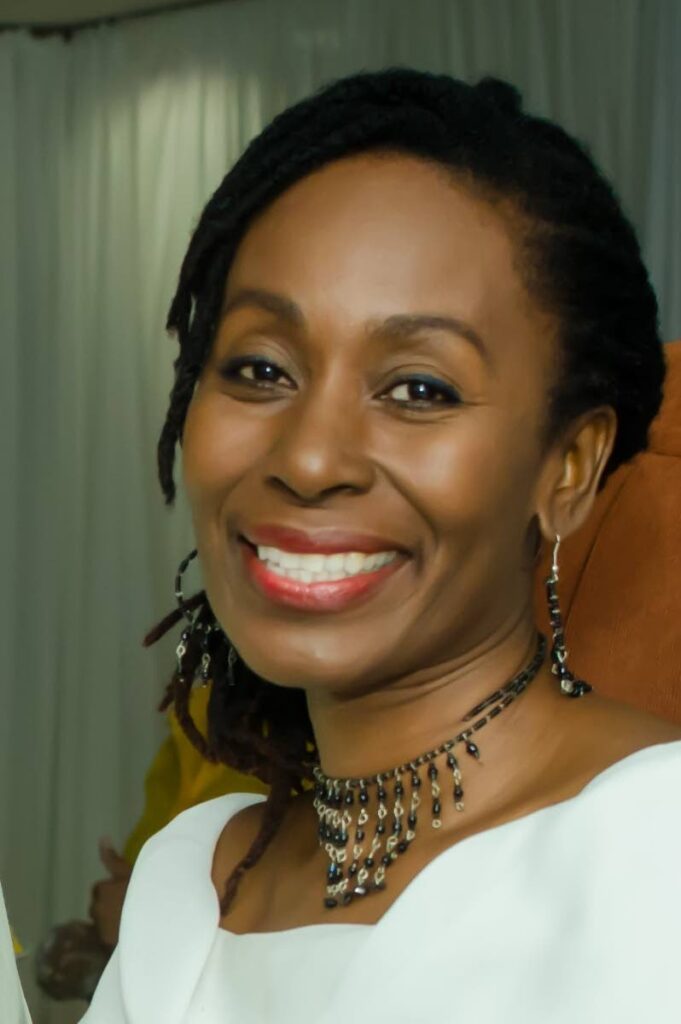Creativity and critical thinking for young people

Culture Matters
Dara E Healy
SIXTH FORM is a scary but exciting time. The young people are not simply entering higher education but are on the cusp of adulthood. Universities and employers typically express a desire for students or employees to be able to critically assess and solve problems.
How can our cultural forms help prepare our youth for a world beyond sixth form?
Critical thinking and imagination are intertwined. Critical thought involves analysing various aspects of a problem to arrive at a solution. Imagination is grounded in curiosity and the ability to come up with new ideas. So, instead of saying, “The event co-ordinator you suggested didn’t respond,” someone who thinks critically would say, “The event co-ordinator didn’t answer, but I got in touch with someone who comes highly recommended.”
To achieve this, they may have contacted a colleague for a recommendation or searched popular business-oriented social media.
But this is not as simple as it sounds. Our work environment is depressingly lacking in people who are able or willing to approach their jobs in this way.
Students at all levels will benefit from the techniques used by cultural practitioners in their creative process. Many of our cultural forms contain ways to boost imagination and foster the critical thinking our society needs. From Ananse (Akan spelling) stories to poetry, dance, calypso, masquerade, Ramleela re-enactments or great Caribbean novels, our creative forms offer opportunities to address specific issues and provide solutions that are relevant to society.
A story could present characters and the world in which the characters operate. Through the characters, a series of events or interactions and particular settings, the storyteller would demonstrate how the issue should be resolved. It is common for stories to have elements of music, movement and costuming.
The storyteller must be aware of the end goal and as the story builds, the steps toward the resolution are slowly revealed to the audience. This methodology may be used to offer answers to social challenges from depression to reclaiming family values or child abuse.
Critical thought is present in other creative forms. Astor Johnson created Sorrows, an emotional dance performed by women dressed in white to Bob Marley’s Johnny Was. Astor dramatised Marley’s lament about crime and the loss of life in communities, “Some men travel down twisted roads/And innocent lives get lost…” Astor would have had to work out how the movement should complement the song, costuming, set, lighting and many other considerations.
Experts say the ability to fantasise or visualise scenarios different from our reality is another essential aspect of critical thinking. Increasingly, Caribbean authors are experimenting with other worlds inspired by Carnival, African spirituality or other indigenous traditions.
Nalo Hopkinson is a pioneer of this genre, writing futuristic and fantasy novels inspired by Carnival and folk traditions since the 1990s. Keon Francis recently launched his first fantasy novel, inspired by the Canboulay uprising in 1881. Marlon James from Jamaica regularly breaks literary boundaries by creating raw, fearless prose in fantastic settings.
Young people should be given the chance to explore such literature to inspire them to imagine new worlds, grounded in our unique cultural heritage.
In high school, I wrote an essay in the stream-of-consciousness style. This style rejects standard writing norms, so sometimes the sentences may be very short or very long, or there may be no punctuation at all. This approach had already been used by writers like Virginia Woolf, born in England in the late 1800s, and Jamaica Kincaid, an Antiguan born in the 1940s. Earl Lovelace often uses this technique.
I thought my piece was pretty good. My English teacher disagreed and was quite scathing in her comments. Disappointed and confused I shared the comments with my mother, a poet, author and literature teacher herself. Suffice it to say it did not end well for the teacher.
The point is, educators have the power to build our youth or break their spirit. If we wish to prepare young people for the demands of the world, the adults responsible for their education must be willing to disrupt outdated rules.
Critical thinking is also seen as a key component in building a democratic society. As sixth formers enter this new phase, we have an opportunity to stimulate independent thought by drawing inspiration from our culture and creativity. Our young people will be better prepared for life and, ultimately, our nation will reap the rewards.
Dara E Healy is a performance artist and founder of the Indigenous Creative Arts Network – ICAN

Comments
"Creativity and critical thinking for young people"